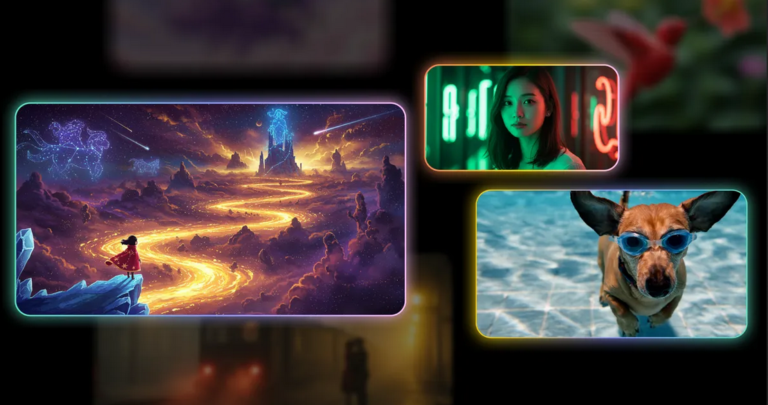Understanding AI Image Generators and How They Work
In recent years, AI image generators have taken the creative world by storm. These fascinating tools leverage artificial intelligence to create stunning, photorealistic images from simple text prompts. But how exactly do they work, and what can they achieve? Let’s dive into the world of AI image generators and explore their incredible potential.
The Magic Behind AI Image Generators
At the core of AI image generators are powerful algorithms known as neural networks. Specifically, these tools often rely on a type of neural network called a generative adversarial network (GAN). A GAN consists of two main components: the generator and the discriminator. The generator creates images, while the discriminator evaluates them against real images. Through this process, the generator learns to produce increasingly realistic images over time.
Key Features and Capabilities
- Photorealism: AI image generators can produce images that closely resemble real-life photographs. This is achieved through the extensive training of neural networks on large datasets of images.
- Customizability: Users can input specific text prompts to generate images tailored to their needs. Whether it’s creating a fantasy landscape or visualizing a new product design, the possibilities are endless.
- Speed and Efficiency: Generating high-quality images traditionally required significant time and expertise. AI image generators, however, can produce impressive results in a matter of seconds.
Applications of AI Image Generators
The versatility of AI image generators opens up a wide range of applications across various industries:
- Graphic Design: Designers can quickly create unique visuals for marketing materials, websites, and social media content.
- Entertainment: In film and video game production, AI-generated images can be used for concept art, character design, and even special effects.
- E-commerce: Retailers can generate product images and mock-ups to enhance their online stores.
- Education: Educators can use AI-generated images to create engaging visuals for teaching materials and presentations.
Challenges and Ethical Considerations
While AI image generators offer numerous benefits, they also come with challenges and ethical considerations:
- Copyright Issues: The use of AI-generated images raises questions about ownership and the potential for plagiarism.
- Misuse: There is a risk of AI-generated images being used to create misleading or harmful content, such as deepfakes.
AI image generators represent a groundbreaking technology that is transforming the way we create and interact with visual content. As these tools continue to evolve, they will undoubtedly open up new opportunities for creativity and innovation. However, it’s essential to navigate their use responsibly and ethically.







